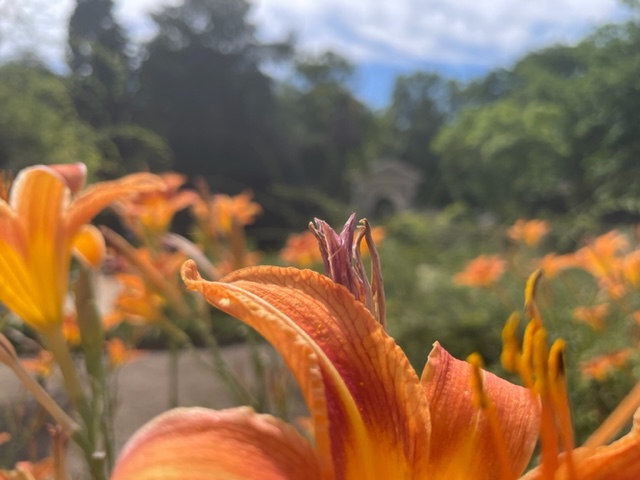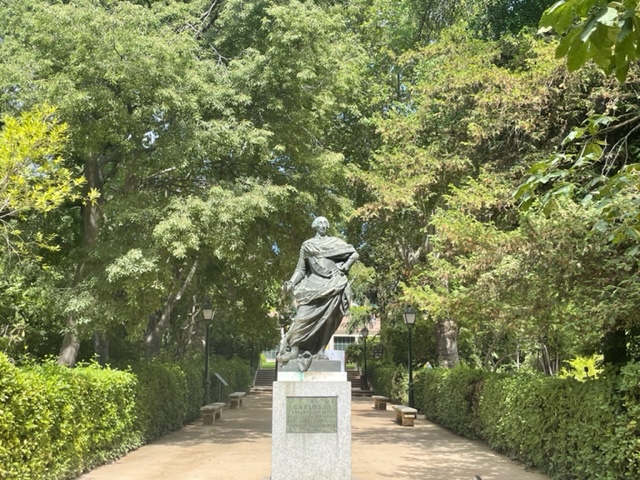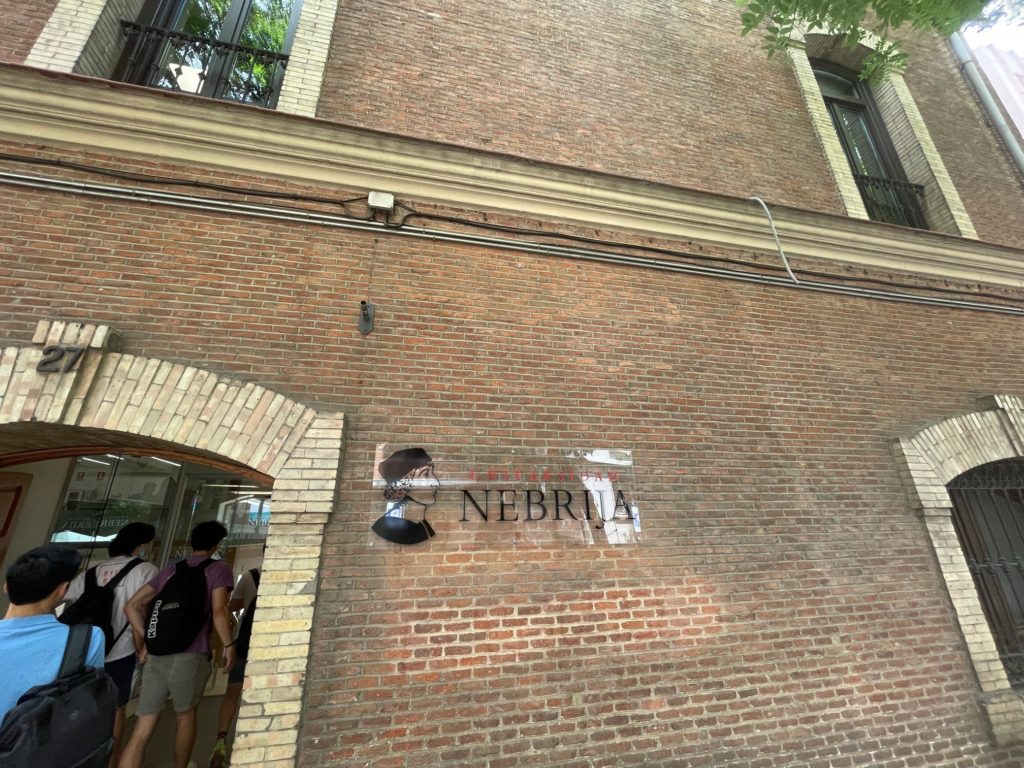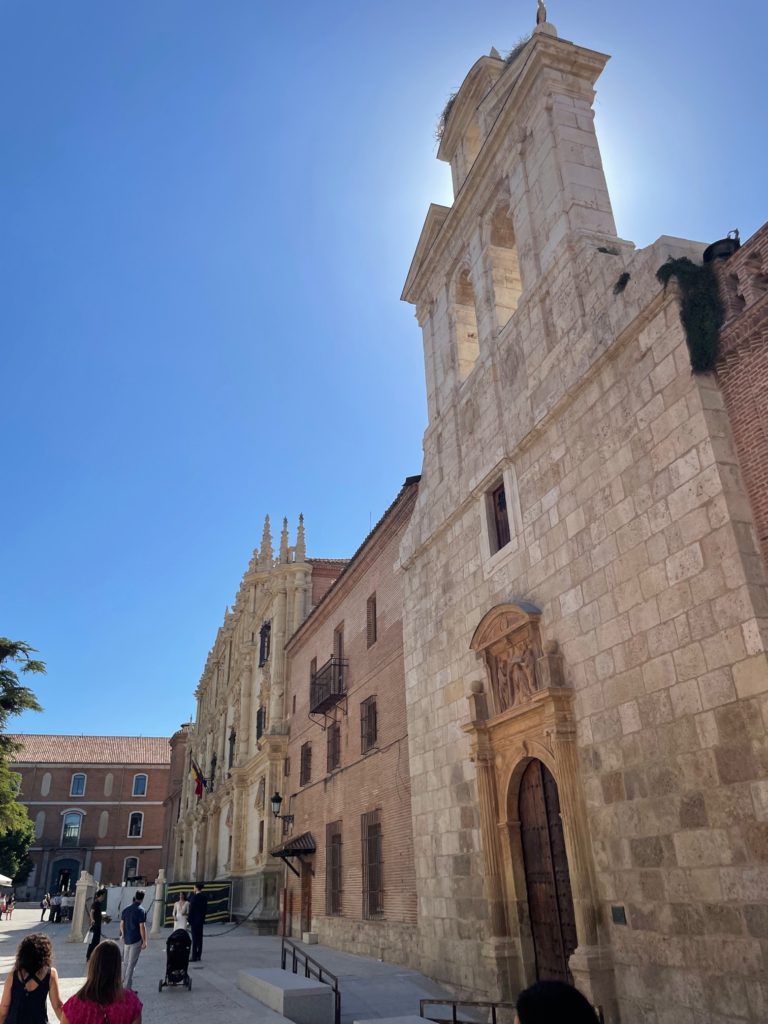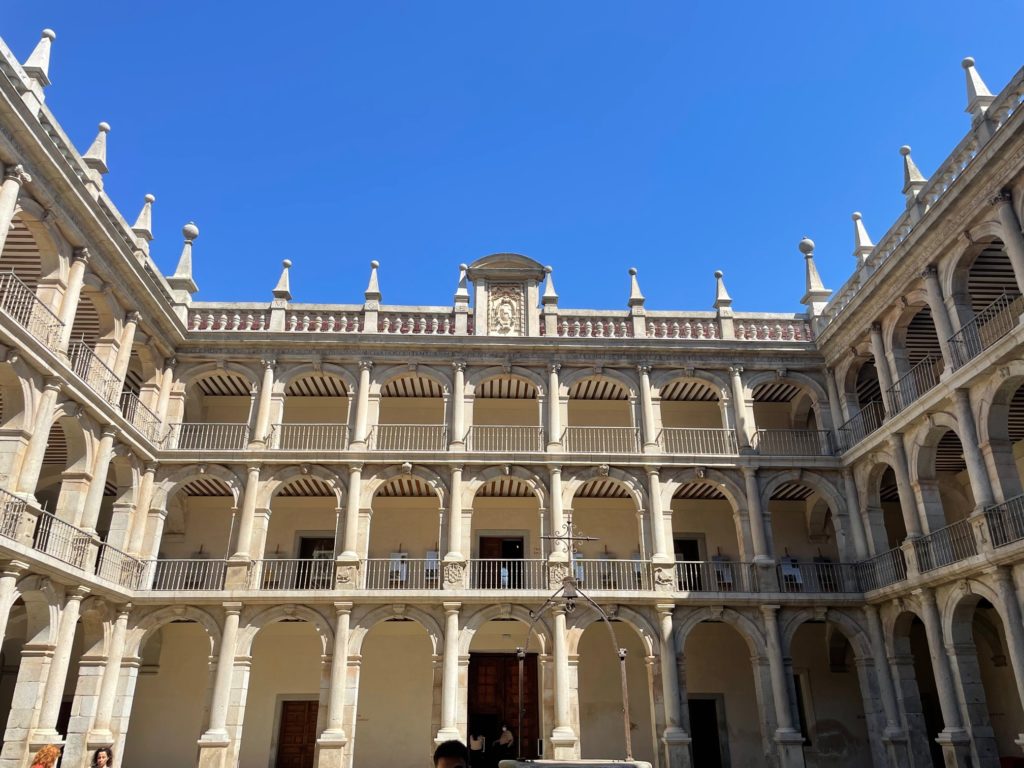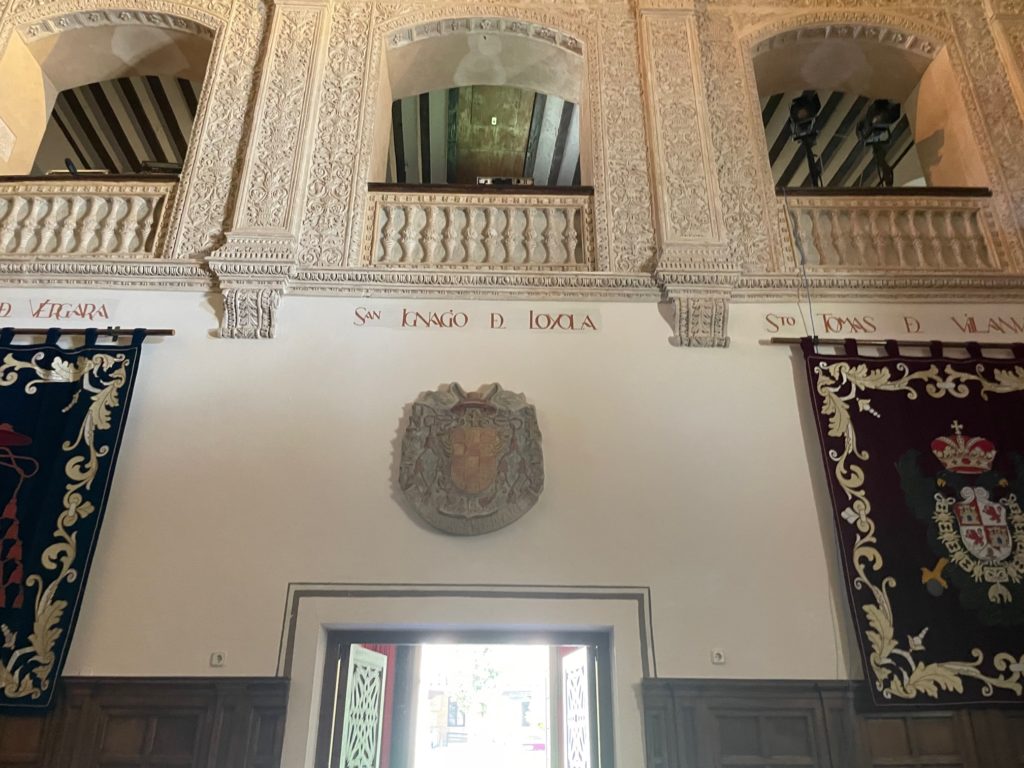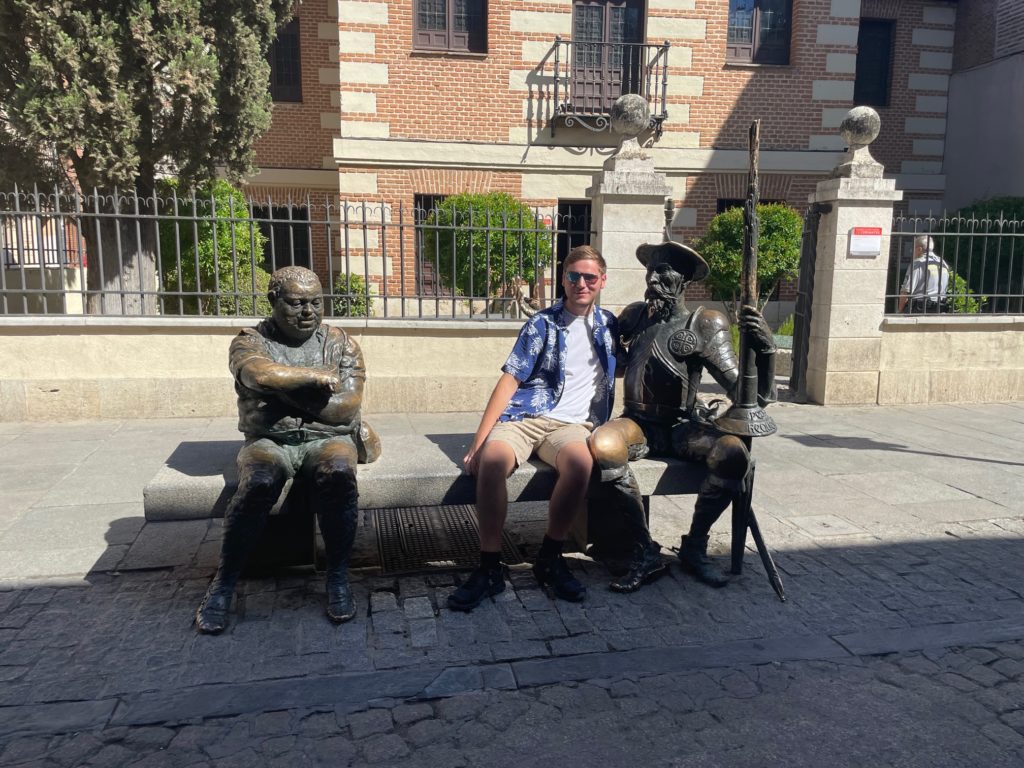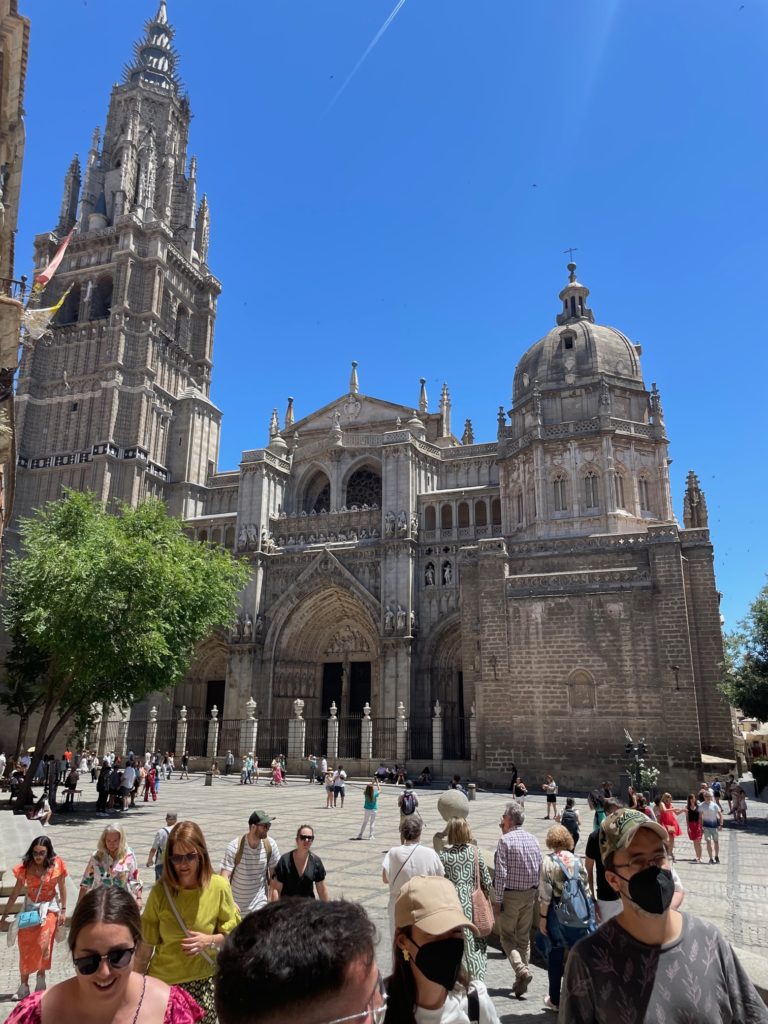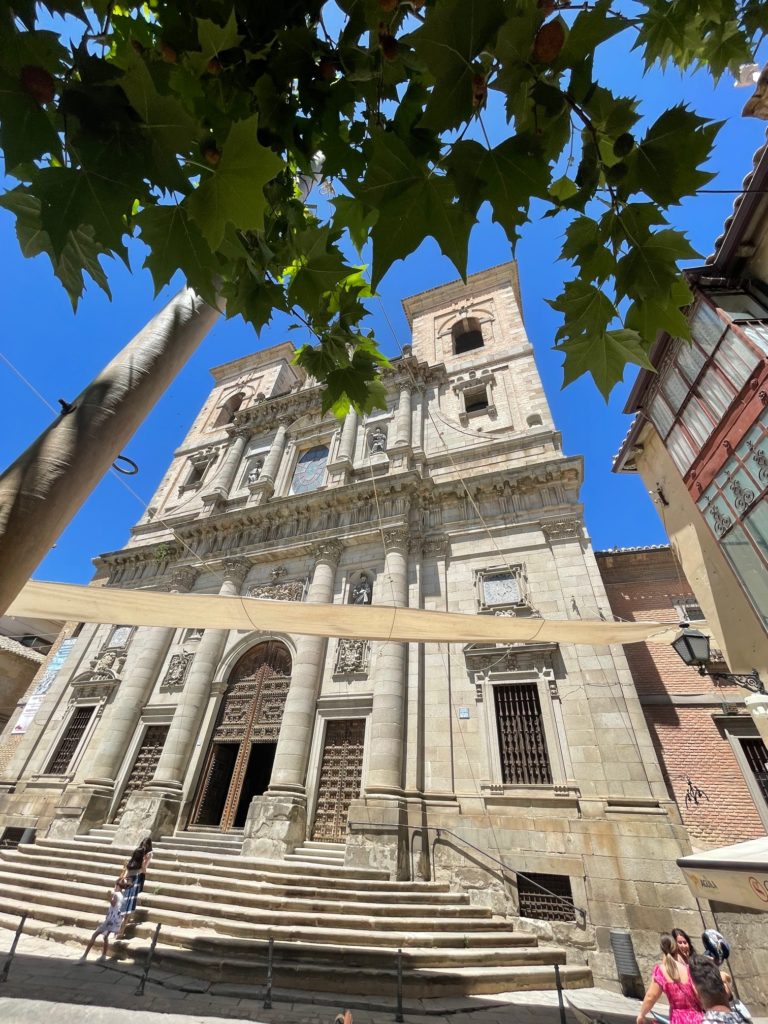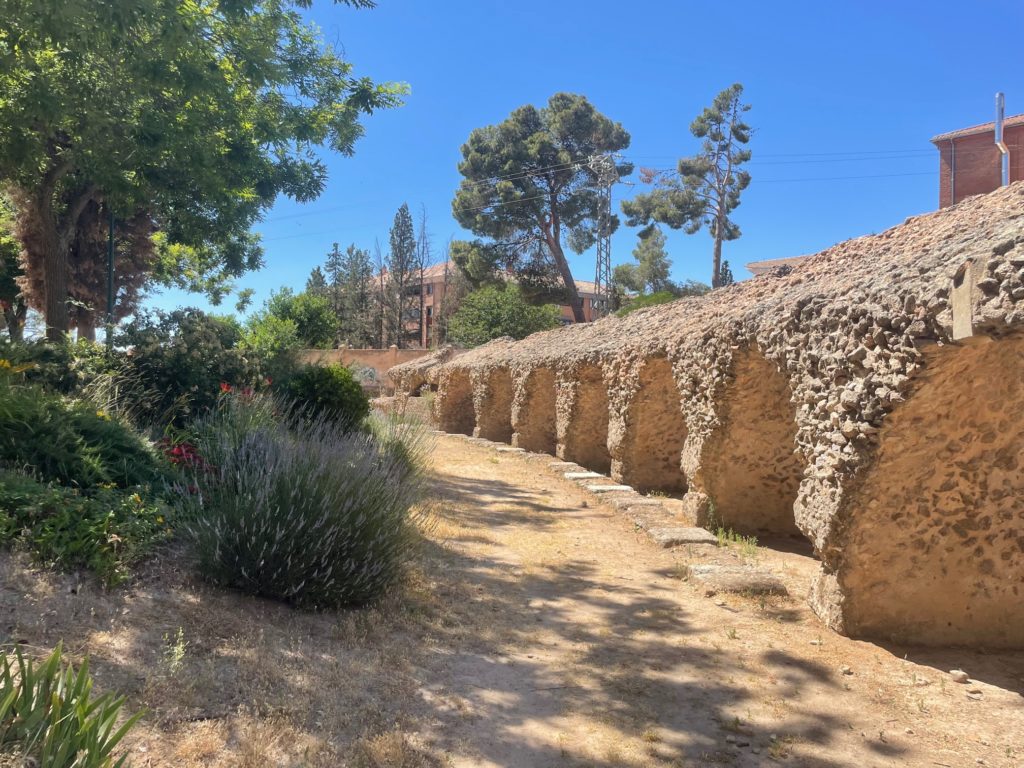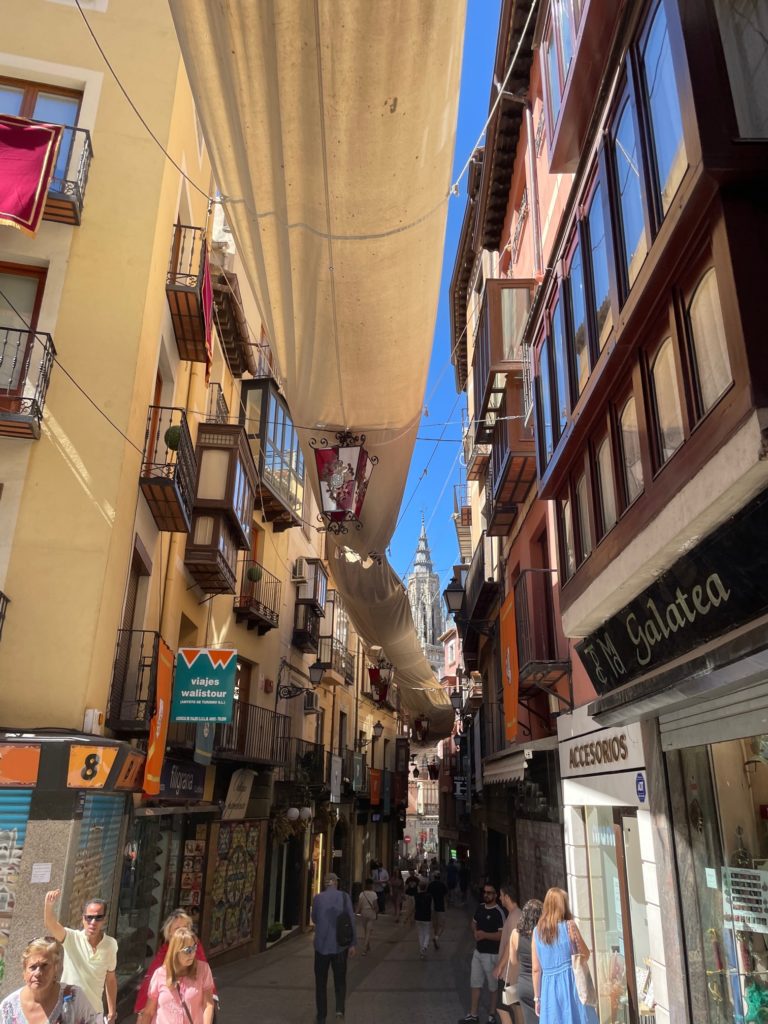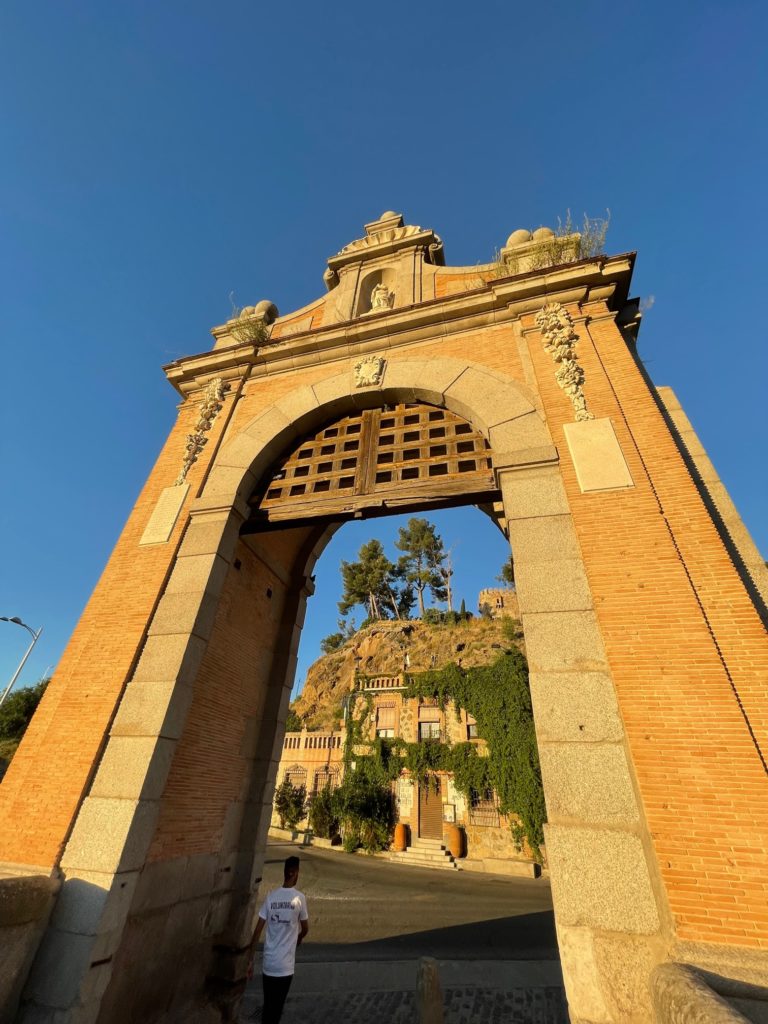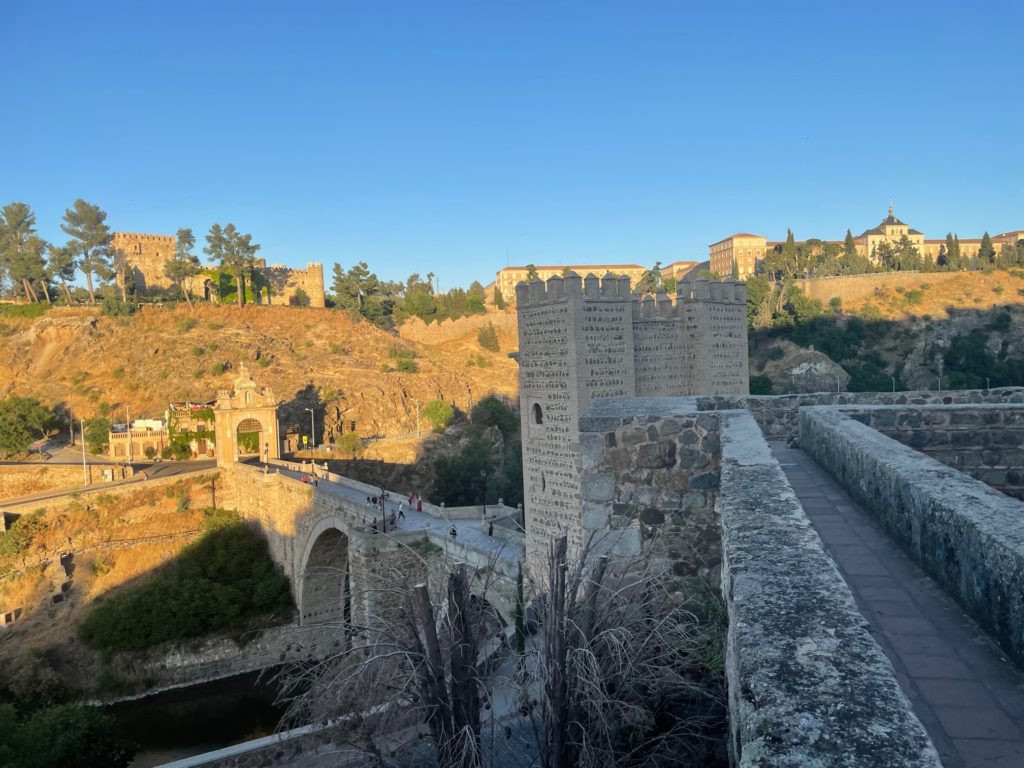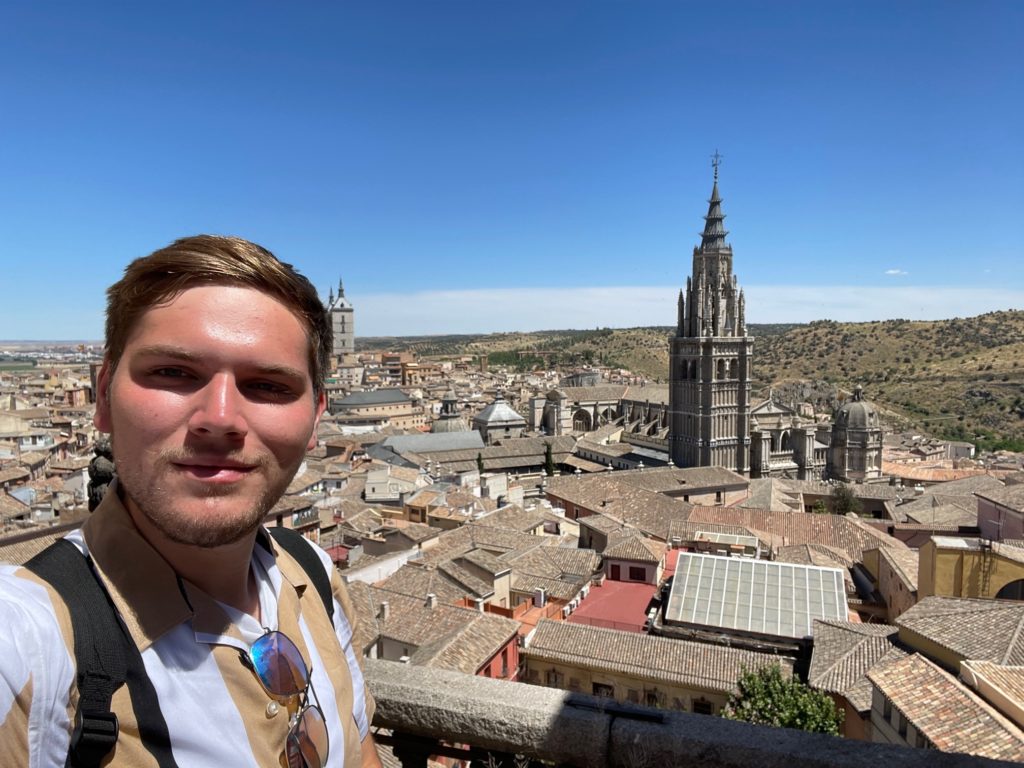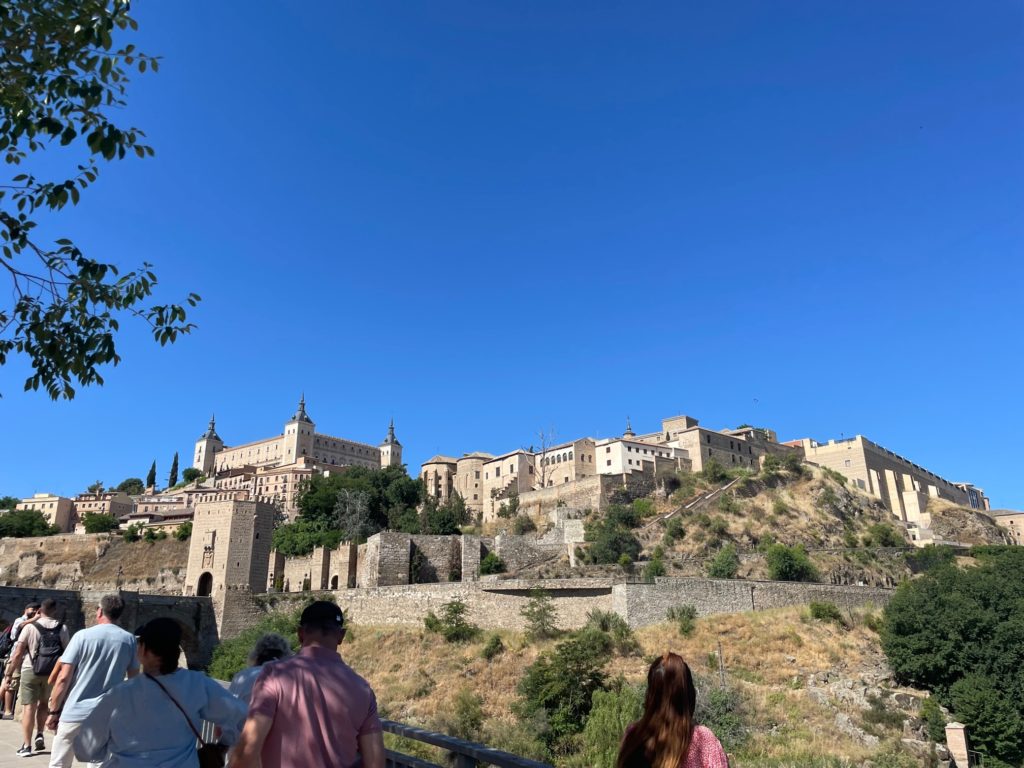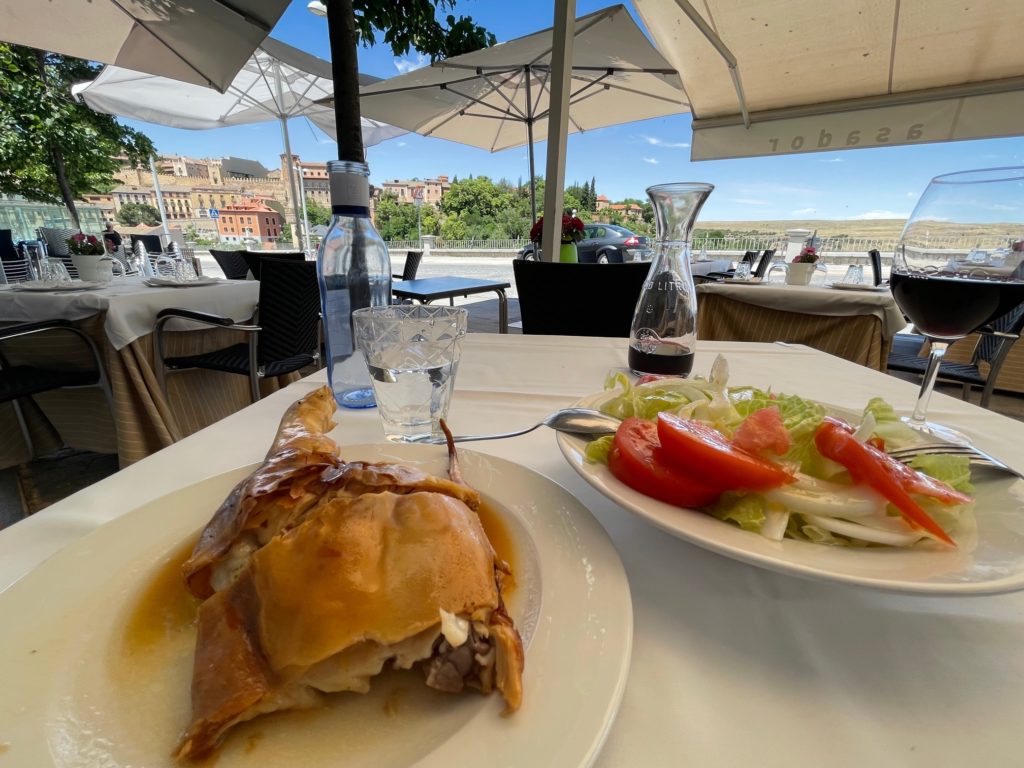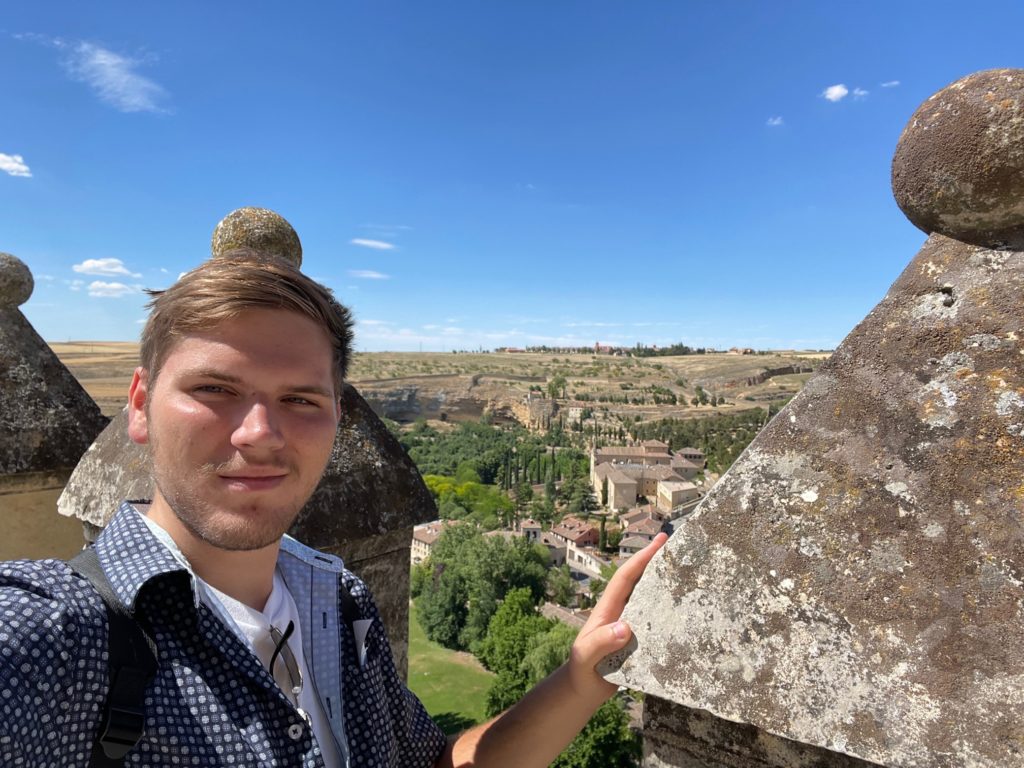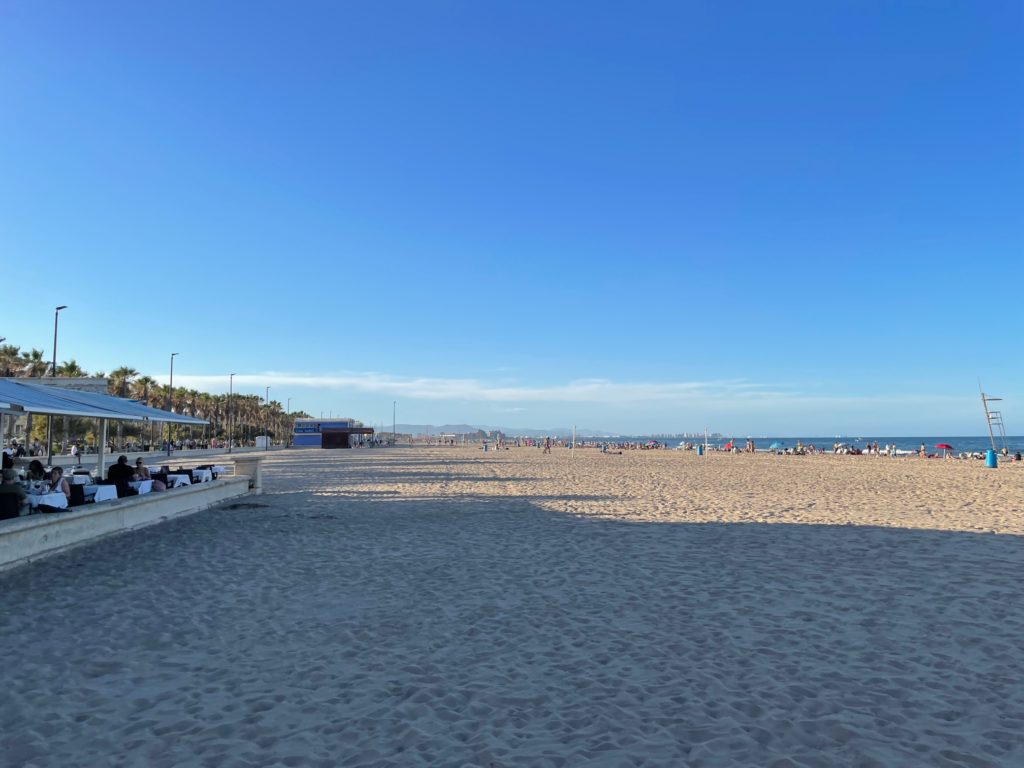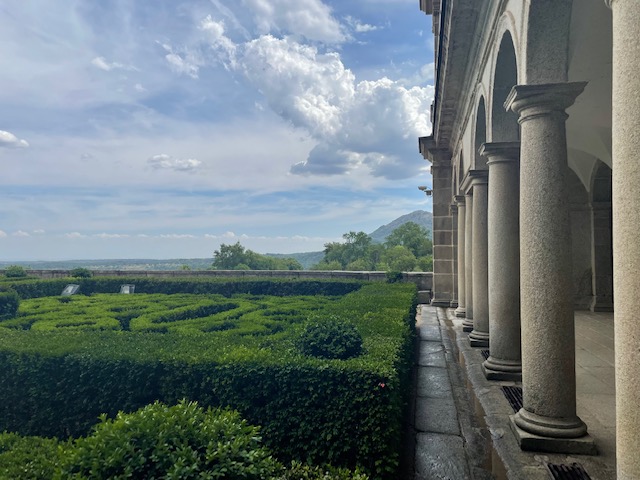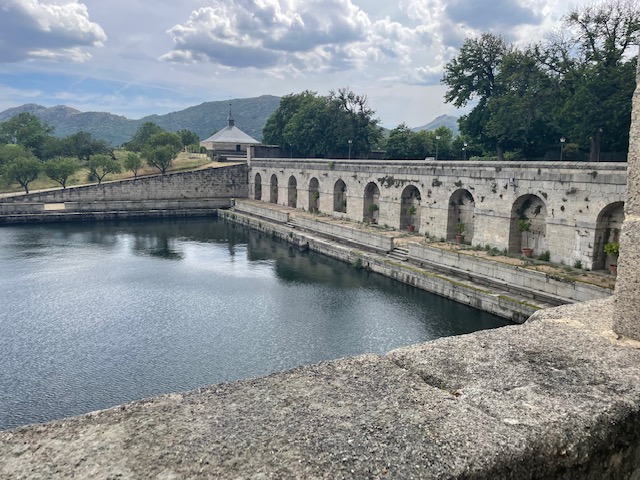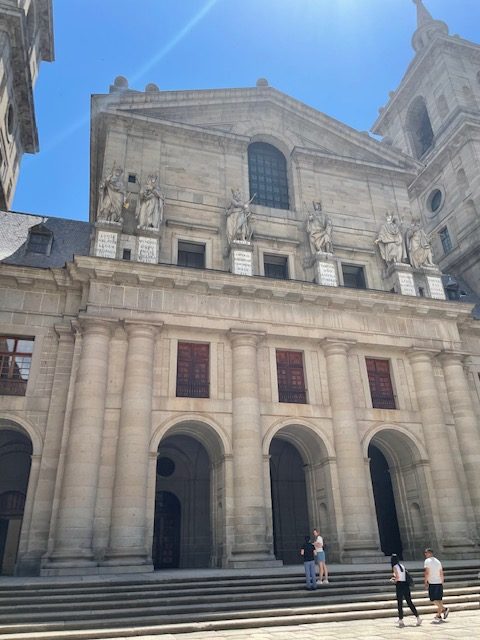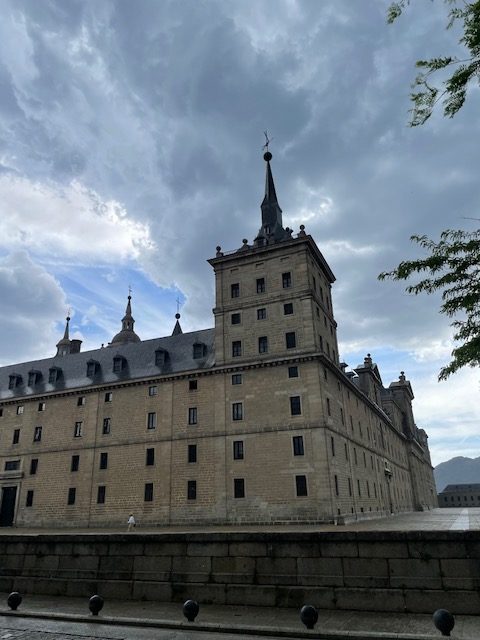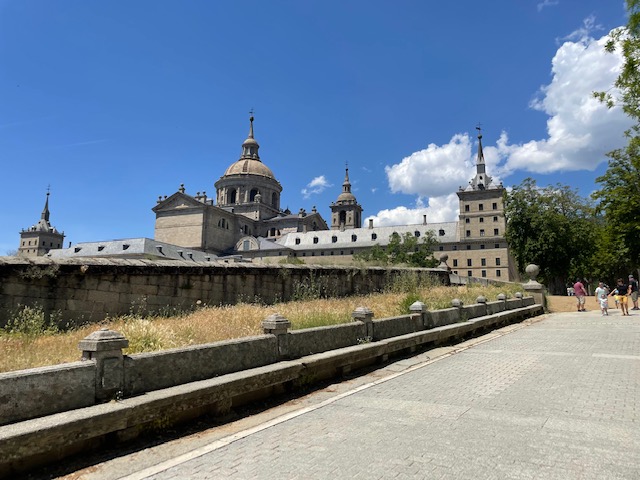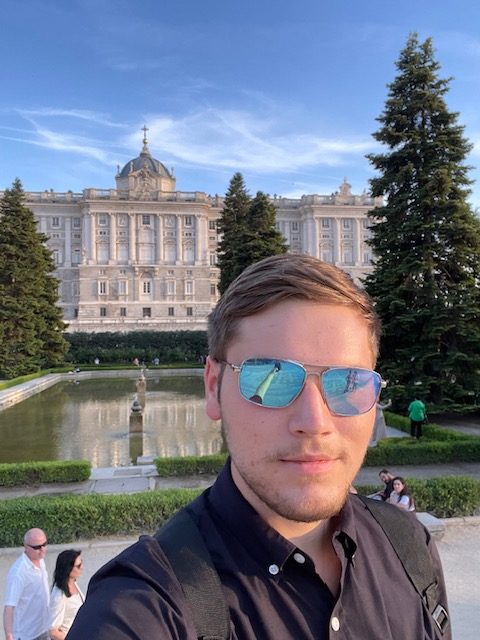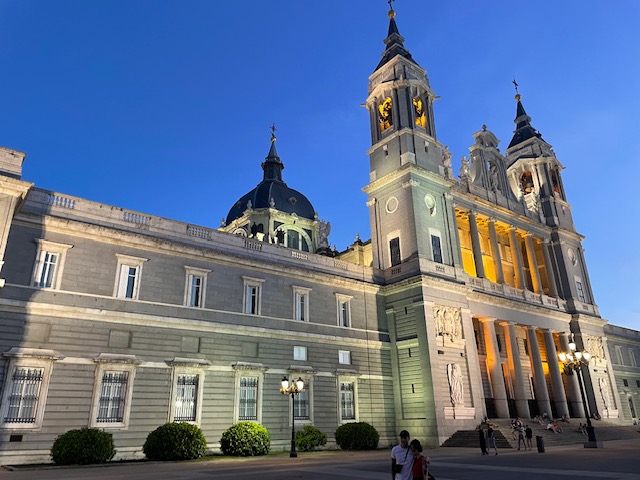I wanted to make a small post, well it was supposed to be small, with some of my thoughts and reflections of my time abroad within the first week of being back in the U.S. again.
One of the biggest things that surprised me was in my adjustment process. When I arrived, I was sleep deprived and hungry after being stuck in an airport all day and experiencing delayed flights for over 8 or so hours. When I arrived, I immediately assumed everyone would judge my Spanish abilities and so I was very careful and precise with my language when I spoke to others. I immediately felt like I needed to be careful with speaking so as to not make myself standout or embarrass myself. When I wandered the streets looking for a place to eat, I felt like a blithering fool by not understanding what they expected of me at restaurants (it turns out, just walking in and sitting down, pretty simple really) and how to make casual conversations and requests. However, by my second day when I finally felt rested and no longer hungry, I felt a bit more confident in all aspects and I had less trouble asking others for help when I had no idea what I was doing. By the time I was halfway through my time in the program, I had few, if any, reservations about talking to others and understanding social cues. So, in my reflections, I do not really believe I had much of a culture shock. My main issue was my confidence, which after managing being abroad for so long with the addition of over a week of solo travel across much of the country, I feel is significantly greater than before I left. I never missed home too much until I was leaving for the airport to go home, in which home was all I could think about. But now that I have been back in the States for a few days, I find myself thinking about being back in Spain everyday. One of the biggest things I realized I have taken with me from Spain beyond just speaking and understanding Spanish better is a new sense of confidence that I feel that I have earned through my actions and experiences and one which I hope does not fade.
I really enjoyed that whenever I had a question about Spanish culture or norms, I could ask the directors of my program, one of my professors, or my roommate from Spain. I felt like I had a comfortable group of people that I could ask for help in terms of understanding when I needed it. Additionally, I came to understand the culture just as much when I was off exploring on my own. When I was alone, I would partake in a generous amount of people watching, trying to intake as much as I possibly could about the average day in Spain. A number times, I talked with the locals about whatever topic seemed relevant in the moment. I spoke with a lady in the dog park about the city of Merida, her hometown, and how life differs between Madrid and Extremadura, two of the regions in Spain. On one of my tours, a man from Cataluña explained the controversy and related events of the region’s effort to become independent. With all of these and more, I felt like I was beginning to take in and absorb more of the culture and understanding of what made Spain unique. To supplement this, I also went to countless art and history museums detailing just about everything in the history of the country.
In relation to my perception of Spain before and after, I feel like it was very much what I expected and more. One of the surprising aspects for me is how modern and how old the cities feel at the same time. Cities have sleek amenities, fantastic public transportation, modern shops and appliances yet they also have monuments and buildings dating centuries and ruins dating millennia. For example, in Sevilla I passed the Technology Parks, which showcases the innovation of science and technology, boasting a life-size replica of a space rocket and many exhibitions of all things science and technology, but just down the street is the Torre del Oro, one of the last remaining structures in the city from the Moorish era and the Royal Alcazar of Sevilla which dates back to the 11th century. Based upon my own experiences, I was a little surprised by the pride in the heritage and history of Spain, which makes sense due to the sheer size of all there is in its history and its many highs and lows. For example, figures like Christopher Columbus, Hernan Cortes, King Ferdinand and Queen Isabella, the other kings, mariners, and explorers are viewed as sort of heroes in many ways, reminiscent of the American perspective of figures like George Washington.
A small thing that is funny to me is that I am still unsure of all the conjugations of vosotros (the plural “you” used in Spain) and how to implement it in my own speech, but I realized I never had trouble understanding others when they used it.
In the end, I feel that my time in Spain has been one of the most formative and one of the most FUN experiences of my life to date. I went in with the goal of making everyday an adventure, trying to meet as many new people, see as many new things, and try as many new things as possible, and I believe that what I got out of it all was equal to if not greater than the effort I put in.
Parks of Madrid
Now going on to what I promised in one of my very first blog posts, I want to do a brief comparison and review of some of the many parks I went to in Madrid.
El Retiro
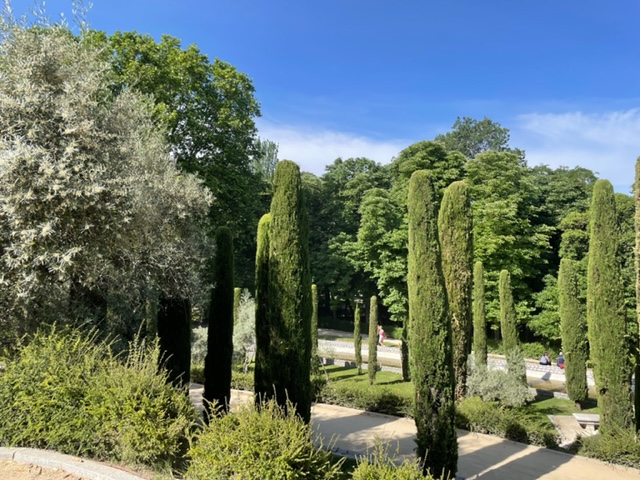
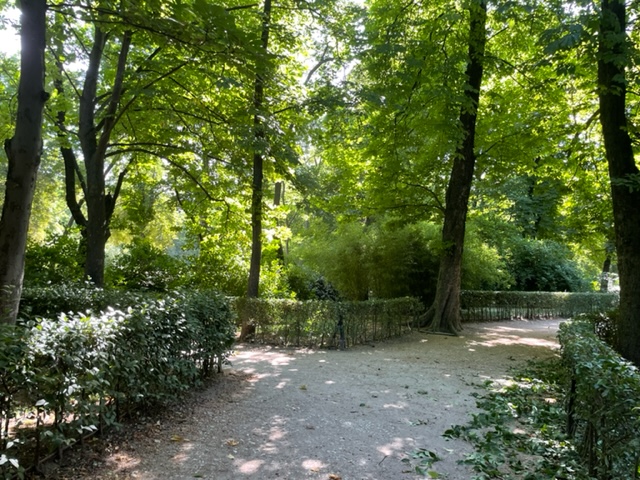
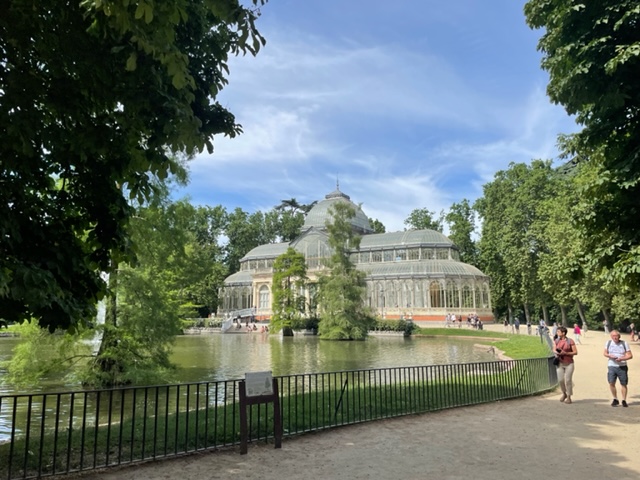
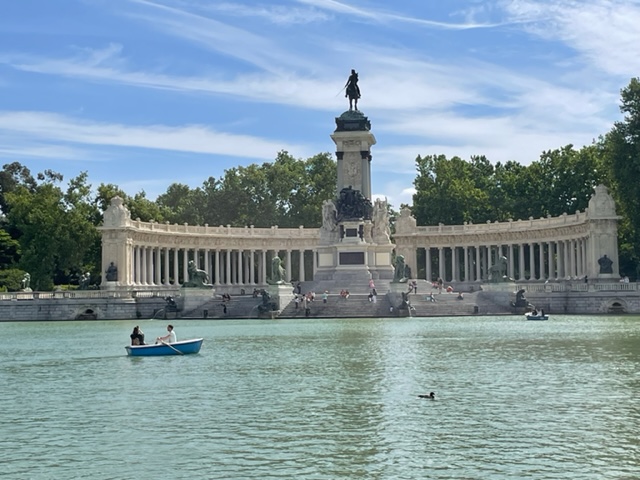
The Retiro was the first park I went to. A massive park on the eastern part of downtown just behind the Prado Museum of Art, this park reminds me of what I would expect Central Park in NYC to be like, and although I have never been to Central Park, I have heard natives of Madrid make the same comparison. Of all the parks that I visited, this one had the most families going out together to enjoy an evening, the most street performers, yoga classes, a surprise art expo, and plenty of paths to wander about. Here, you can rent a boat to paddle about on the park’s main pond, grab something to eat at one of the many pop-up vendors, or enjoy a glass of wine in the shade of some trees. It was very relaxing each of the many times I came over to enjoy an afternoon or evening. I feel like this park is a must see for anyone going to Madrid.
Casa de Campo
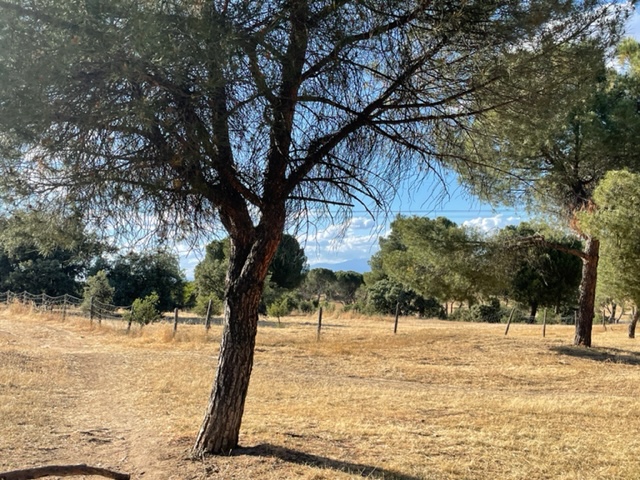
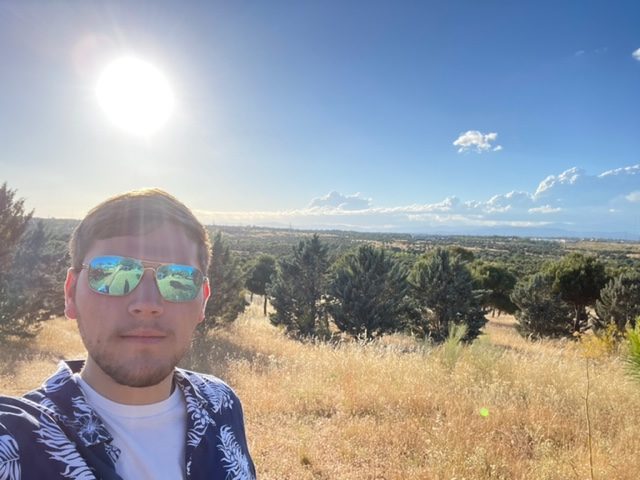
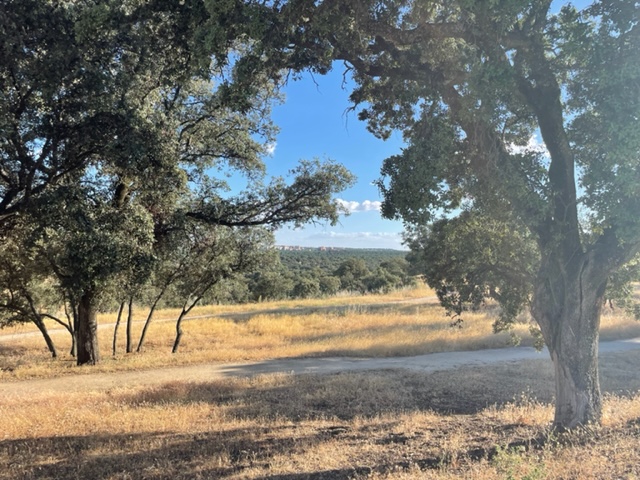
When I say a huge park, Casa de Campo fits this description perfectly. Because I keep using it as a reference point, Central Park in NYC is 341 hectares large, meanwhile Casa de Campo is 1535.52 hectares large. One afternoon, I was bored and decided to walk around the park for a bit with my hiking shoes. It is less of a park and more of an outdoor experience. While it would certainly not be a bad place to enjoy an evening with the family as there is quite a beautiful green space next to a large lake with a great view, the park itself feels like a semi-mountainous savannah with tall golden grass, a fierce sun, and sparse foliage along with incessant hills and slopes, it felt like a getaway from the city rather than a park on the boundary the city. My walk from one end of the park to the other end and back was a little over two hours long, and I walk at a decently fast pace. In that time, I climbed large hills between spotty trees that gave much appreciated shade, a large expanse of just tall grass and almost no trees, to a complete forest, to a high up hill overlooking the city for miles in most directions. The majority of my time here, I did not pass anyone else, and I had much time to relax and contemplate in the fresh smells and sights of nature alone. While I never got much of an opportunity to explore any of the national parks of Spain or do some mountain hiking, with Casa de Campo, I do not feel like I missed out entirely.
Parque Juan Carlos I
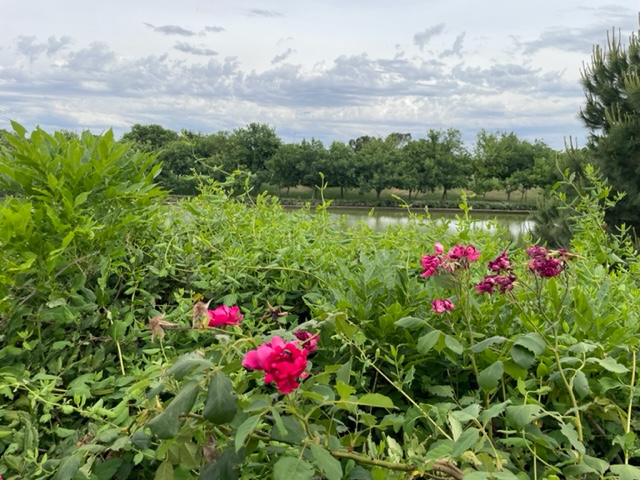
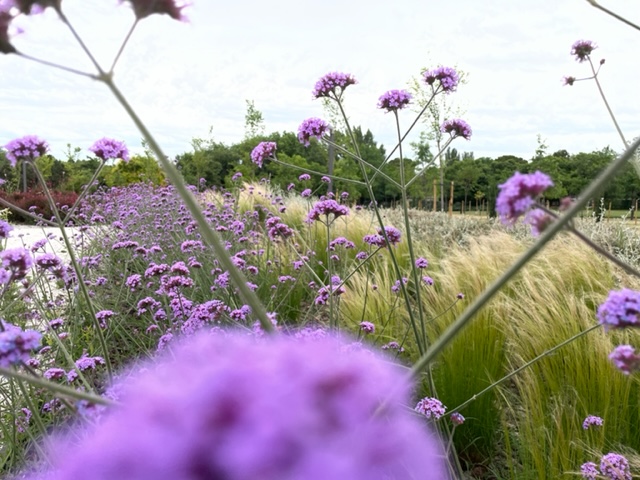
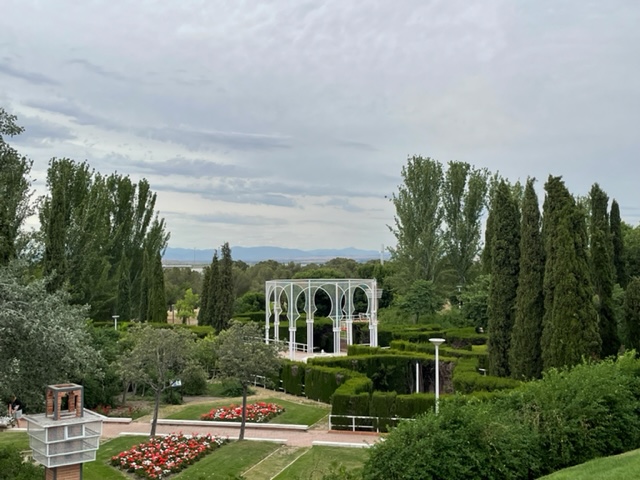
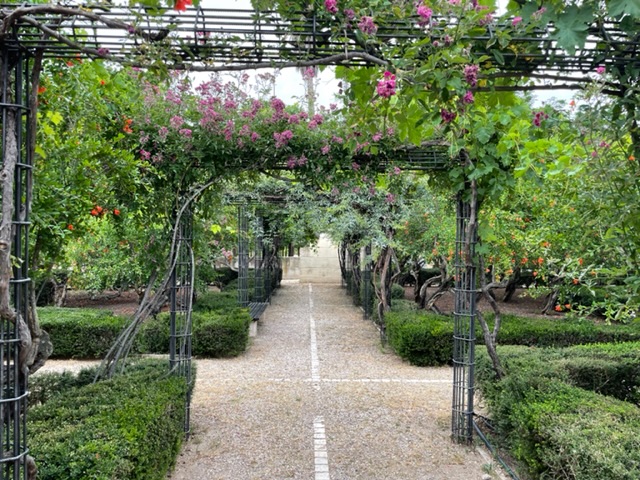
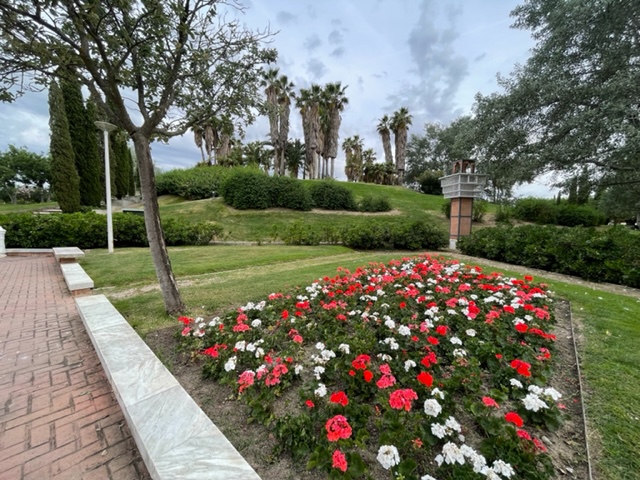
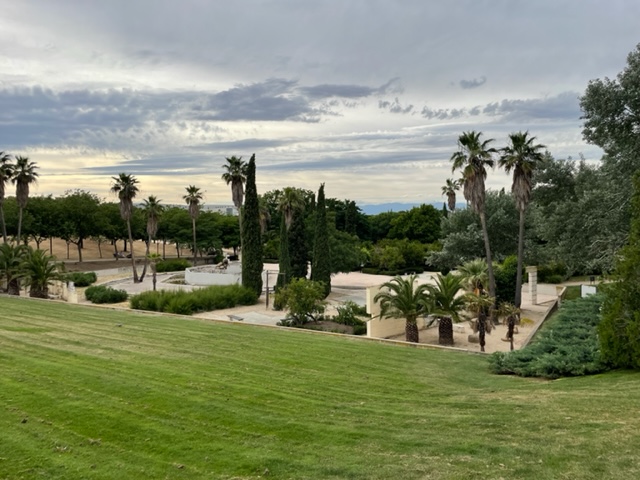
While at first it did not look like much at first, this park with a size of about 160 hectares showed me a number of interesting bits here and there which rounded it out as a very worthwhile experience. To the south of this large circular park is not much beyond large swathes of grassy paths. In the center is a river which mimics the circular shape of the overall park. Going through much of the park is a trail which displays the sculptures and displays of various artists giving beauty to the landscape. I discovered a train that does free sightseeing tours around the entire park and a large hill in the center in which I could look off at the mountains far away in the distance. My favorite part of the park was the “Garden of Three Cultures”: a place with three sections with one dedicated to Judaism, one to Islam, and one to Christianity, packed with symbolism and architecture with signs that explained the significance of each aspect of each garden.
El Capricho
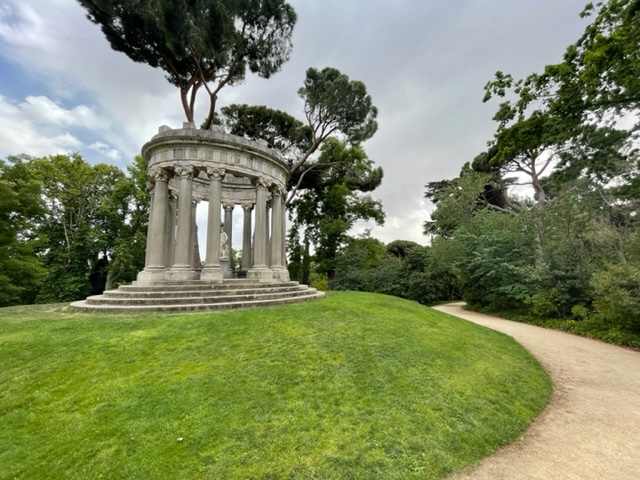
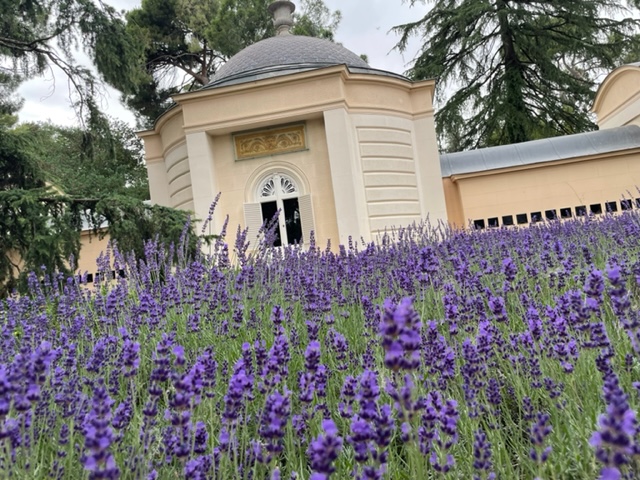
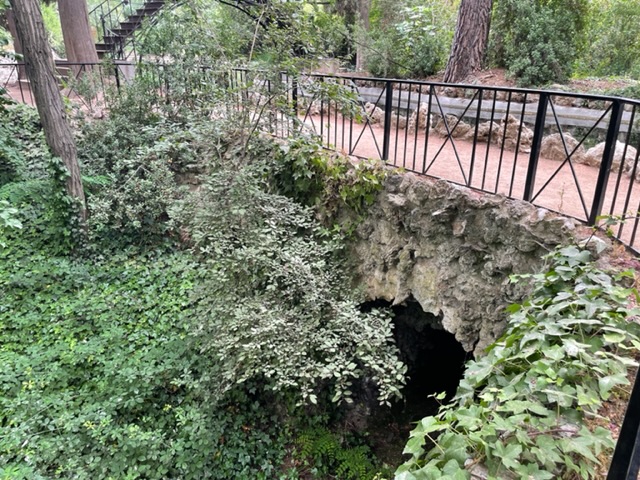
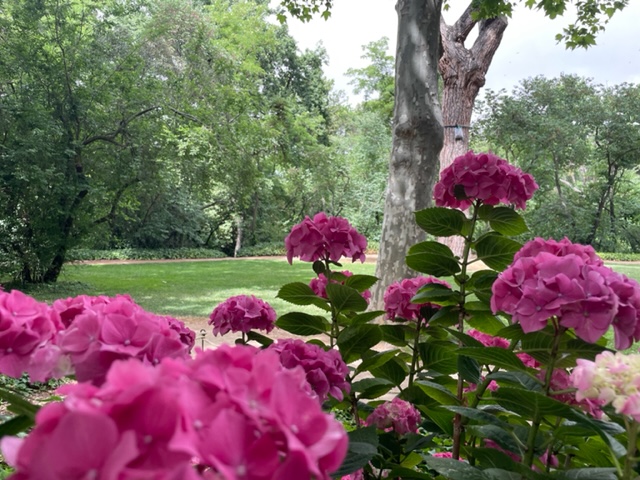
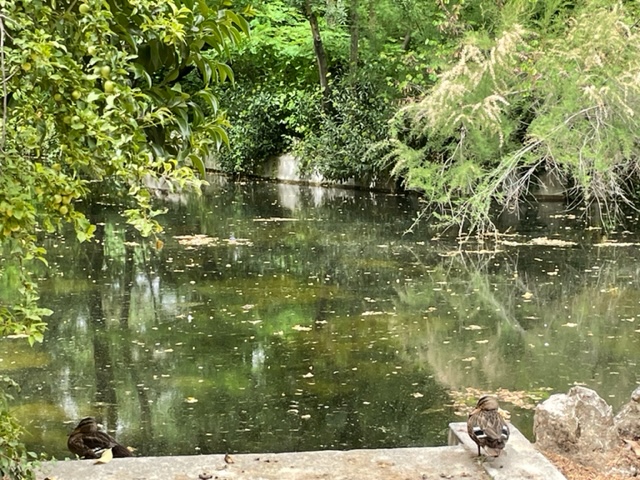
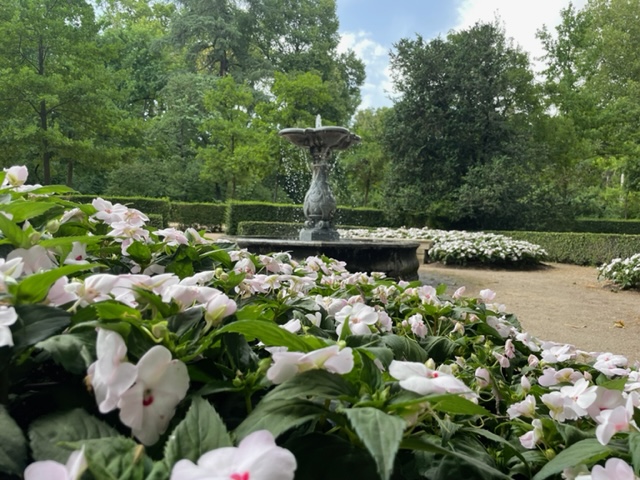
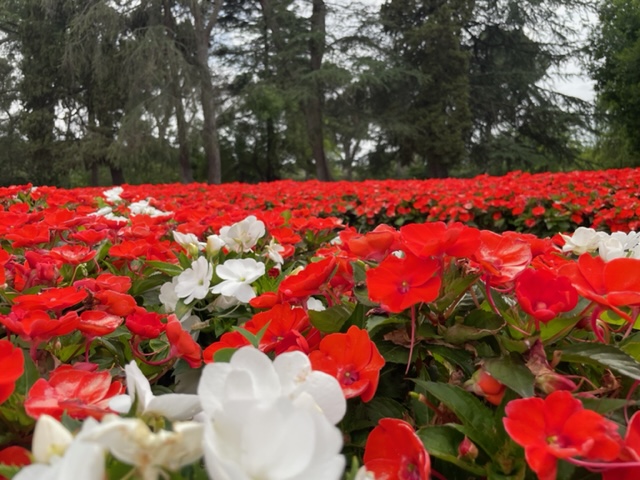
Formerly the grounds of a duchess who built a park to feel like she was out in the countryside, this park displays many different styles within its brick walls. Only open on Saturdays and Sundays, which I found out by repeatedly going on the wrong days, this park has an Italian style garden with pillars and fountains, an English garden with knolls and hundreds of flowers, and in between it all dense yet gorgeous woods that gave a feeling of being out in the forest. In one section of the park that had a pond with a fountain with grassy spaces and heavy shade from all the trees, it reminded me of the St. Stephen’s Green in Ireland.
Parque del Oeste
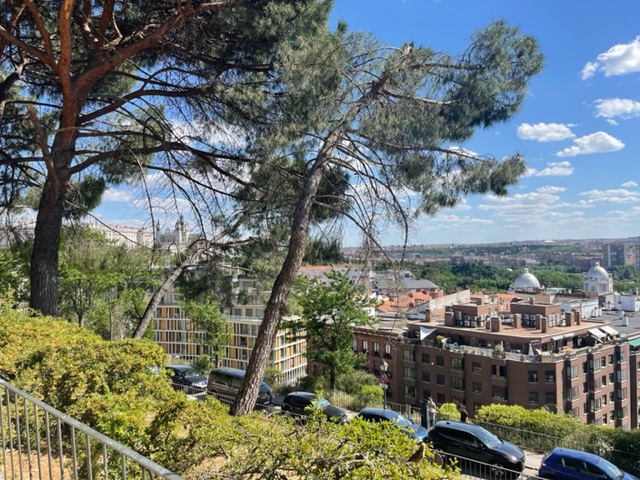
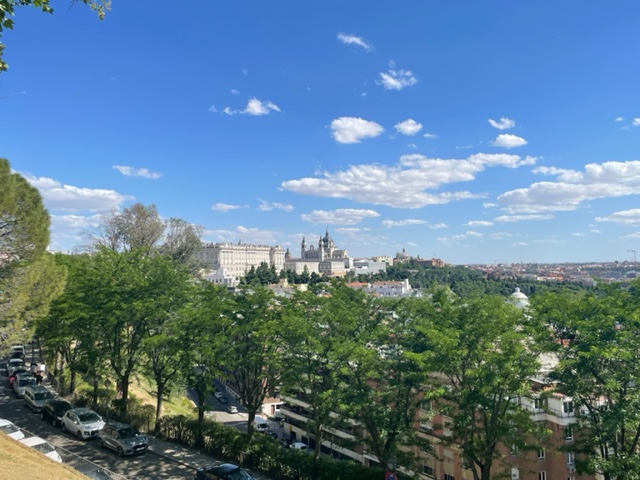
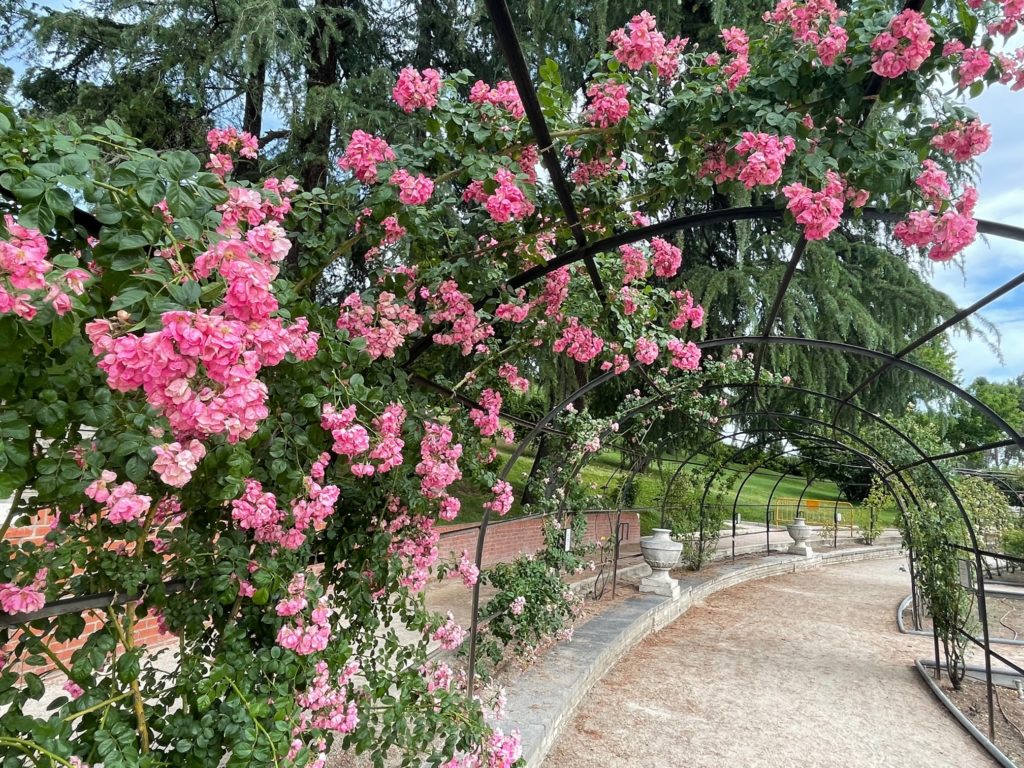
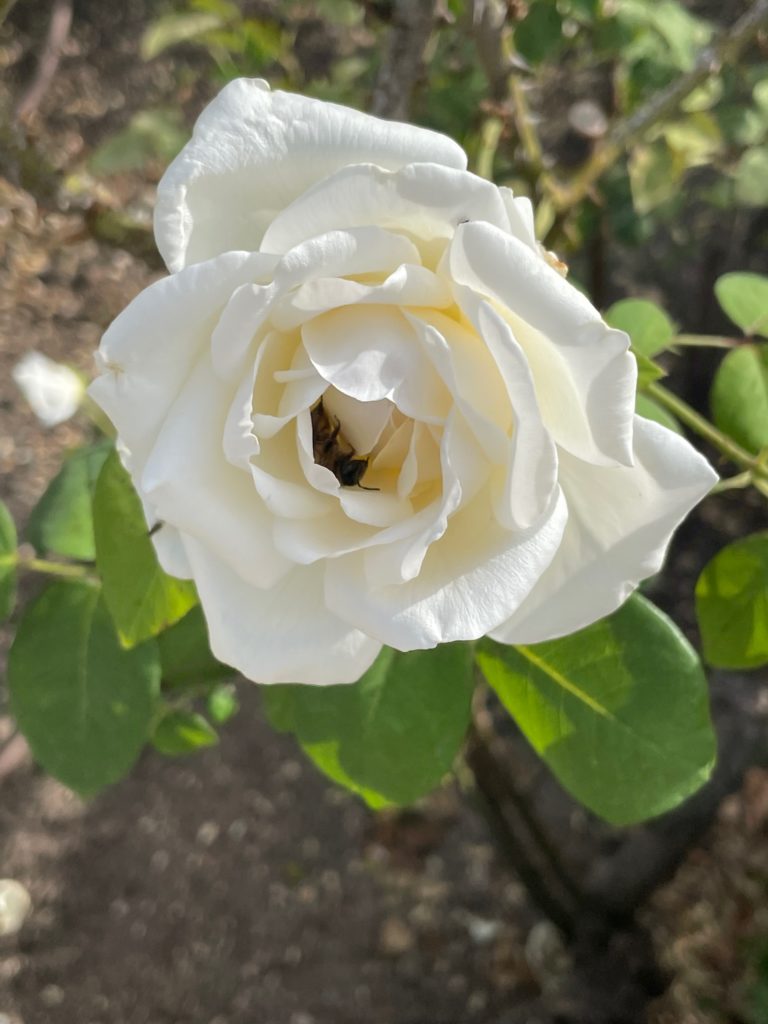
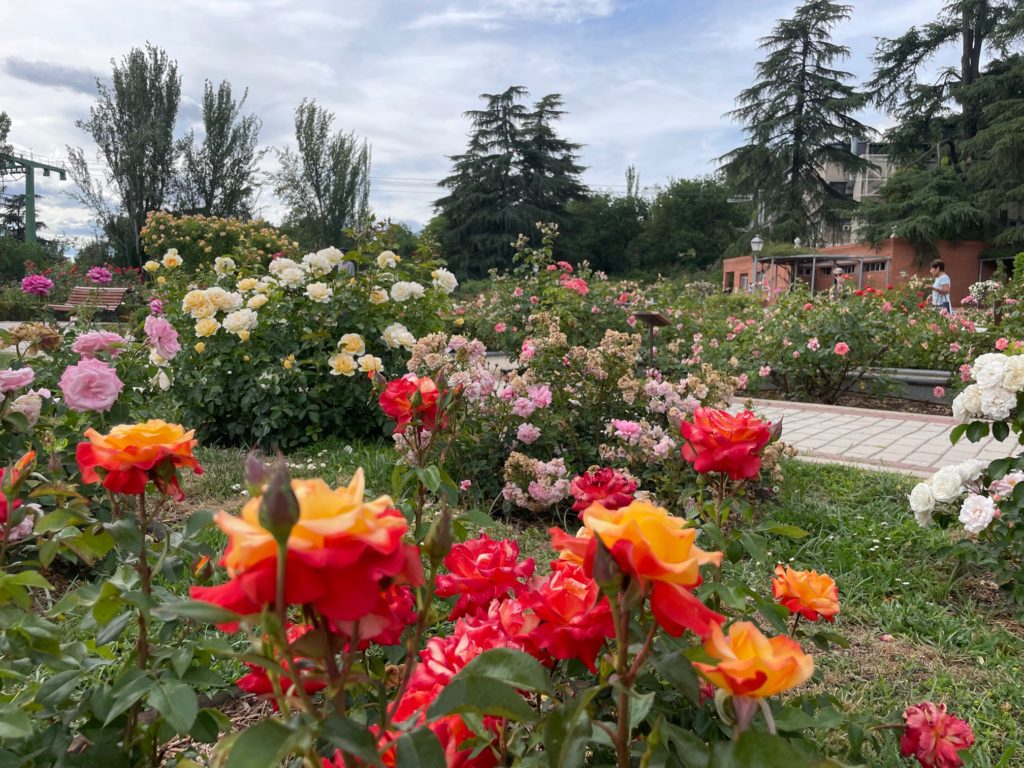
This park, named “Western Park” is understandably found in the western part of downtown Madrid and was the closest of all the parks to my residencia. In the southern part of the park, called “Parque de la Montaña” is a steep hill/cliff which overlooks the royal palace, much of the downtown area, and way off into the distance at the Casa de Campo. There is also an Egyptian temple called, “El Templo de Debod”. Yes, it is an actual Egyptian temple built over two thousand years ago that was excavated and moved to Madrid as a gift from the Egyptian government to the Spanish government in the 20th century. In the middle part of the park, there is a large rose garden with roses of all different colors and fountains. While I did not get to the northern part of the park, I saw many trees and streams all over it.
This concludes my reviews of the parks of Madrid and while I did visit some other smaller parks like the Royal Botanical Gardens, these were my favorite, and I also excluded the parks that I explored outside of Madrid because this would be way too long otherwise. I hope it was worth the anticipation. And as always, thank you for reading.
